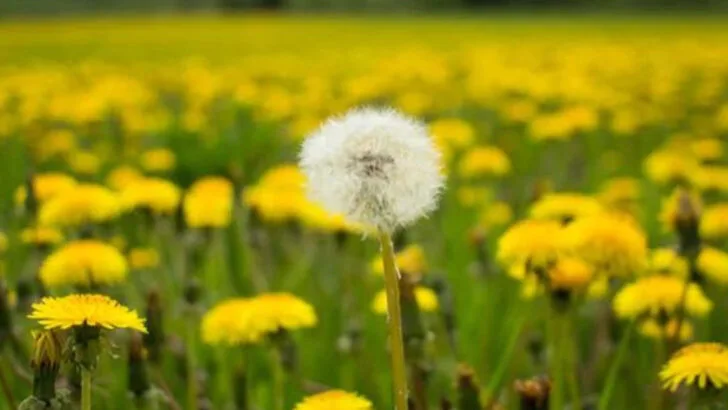Some plants don’t know when to quit. They sneak in quietly, maybe a gift from the wind, a neighbor’s yard, or a well-meaning garden center and before long, they’re everywhere. Pull one out, and five more seem to pop up. These aggressive growers can crowd out everything else and leave your garden feeling more like a battlefield than a peaceful spot.
That said, not all wild or self-seeding plants are troublemakers. Some bring in pollinators, improve your soil, or offer unexpected beauty without taking over the whole yard. The key is knowing which ones to let stay and which ones to show the door early. This list breaks down ten that tend to overstep, and ten that know how to mind their manners.
Japanese Knotweed
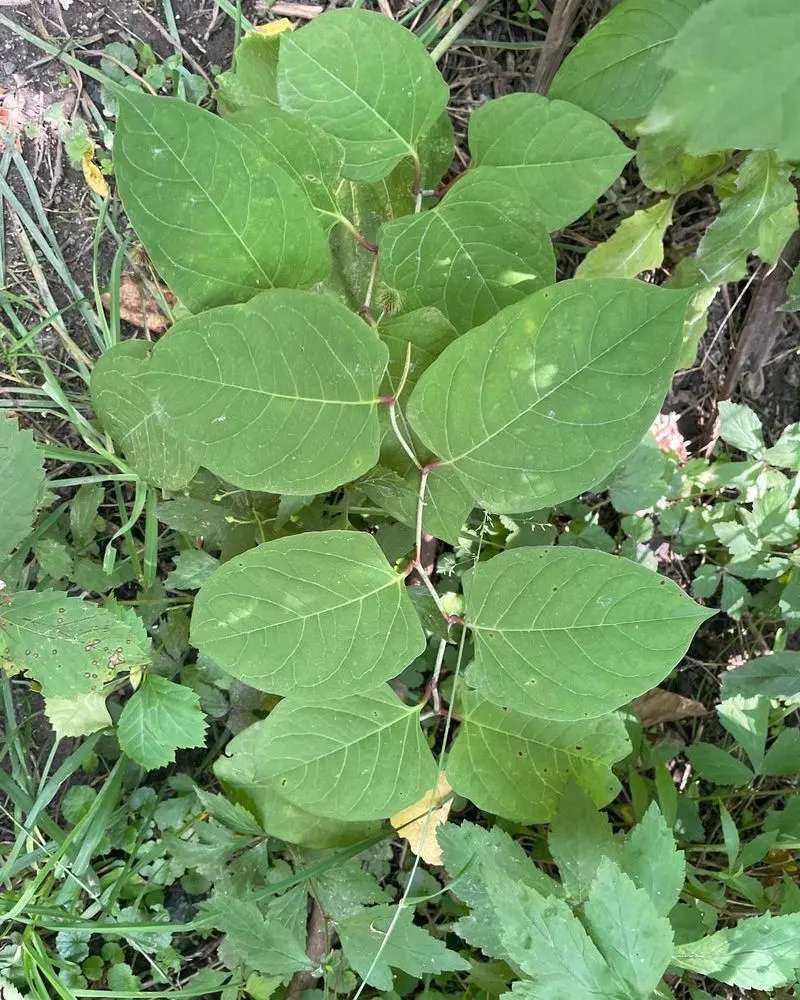
Japanese Knotweed, with its towering bamboo-like canes, can swiftly transform a serene garden into a jungle. Its tenacity and rapid growth are legendary, often choking out any plant in its path. A gardener’s nightmare, it is known for its aggressive spread.
Originally from East Asia, this plant was introduced in the 19th century as an ornamental. Despite its beauty, it is now on the radar of many as a pest. The plant’s ability to penetrate concrete and asphalt makes it a formidable foe in urban settings. Control efforts are ongoing, but the battle is tough.
Dandelion
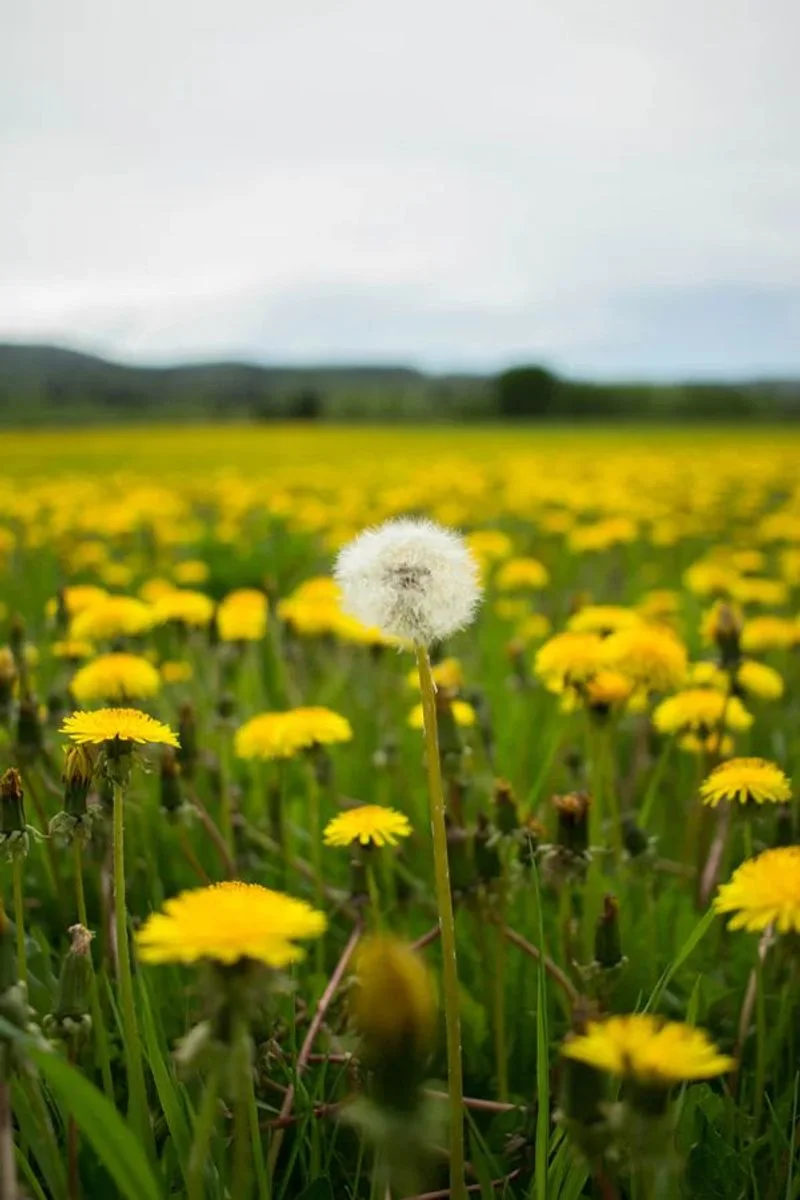
Dandelions, often seen as the quintessential weed, have a charm that is hard to ignore. With their sunny yellow blooms and whimsical seed heads, they paint a playful picture.
Dandelions are resilient, thriving in various soils and climates. Yet, their rapid seeding can quickly cover lawns, making them both a gardener’s foe and a child’s delight. Historically, dandelions have been used in herbal medicine and cuisine.
Their roots, leaves, and flowers offer nutritional benefits, turning this garden invader into a potential ally if managed wisely.
English Ivy
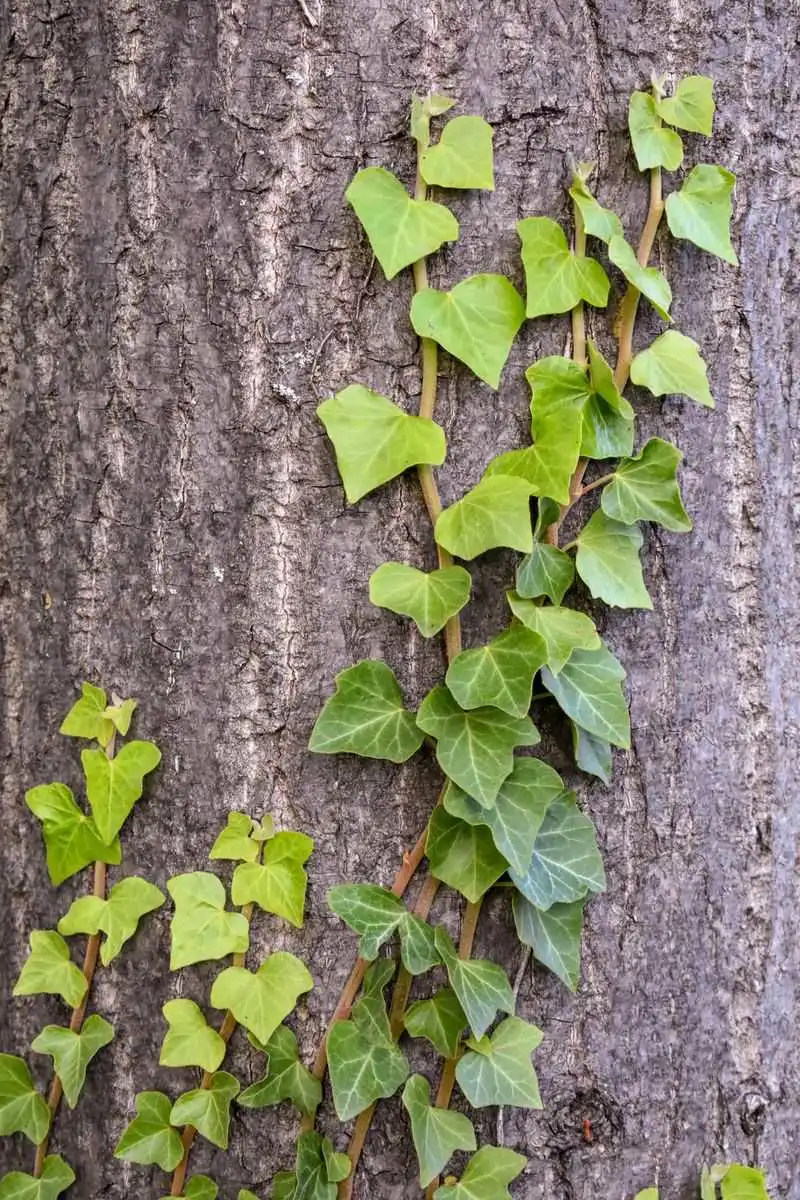
English Ivy, with its elegant draping leaves, evokes an old-world charm. Its presence can transform an ordinary wall into a picturesque scene. However, beneath its beauty lies a voracious appetite for space.
This plant can smother trees, outcompete native species, and damage structures with its adhesive roots. Introduced for its ornamental appeal, English Ivy often becomes an unruly tenant if not kept in check.
Despite its invasive nature, this ivy has been a symbol of fidelity and eternal life in various cultures, adding a historical layer to its story.
Bermuda Grass
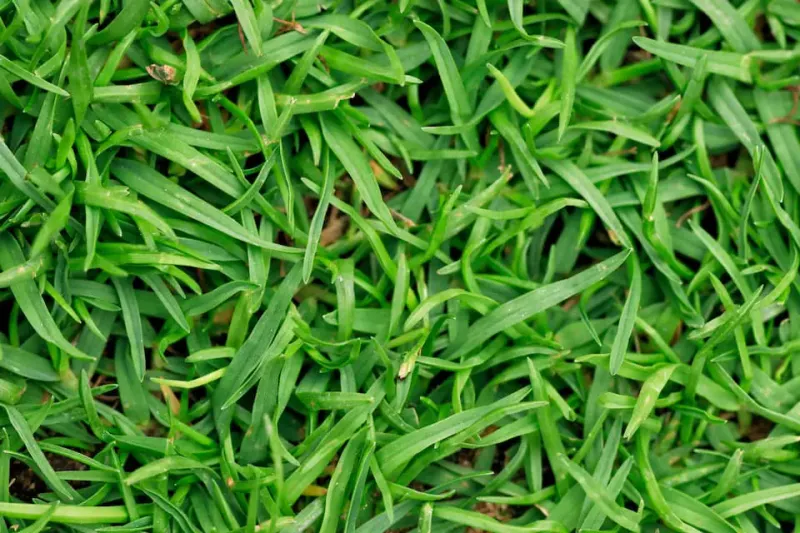
Bermuda Grass, often loved and loathed, features both resilience and invasiveness. Its dense mats can quickly invade gardens, turning them into green carpets.
Originating from the warm regions of Africa, it thrives in sunny environments. This grass is a favorite for sports fields but a challenge for gardeners trying to maintain diversity. Its deep roots make it tenacious and difficult to eradicate.
Although it can provide a lush green lawn, its aggressive nature requires constant vigilance to prevent it from overrunning desired plants.
Creeping Charlie
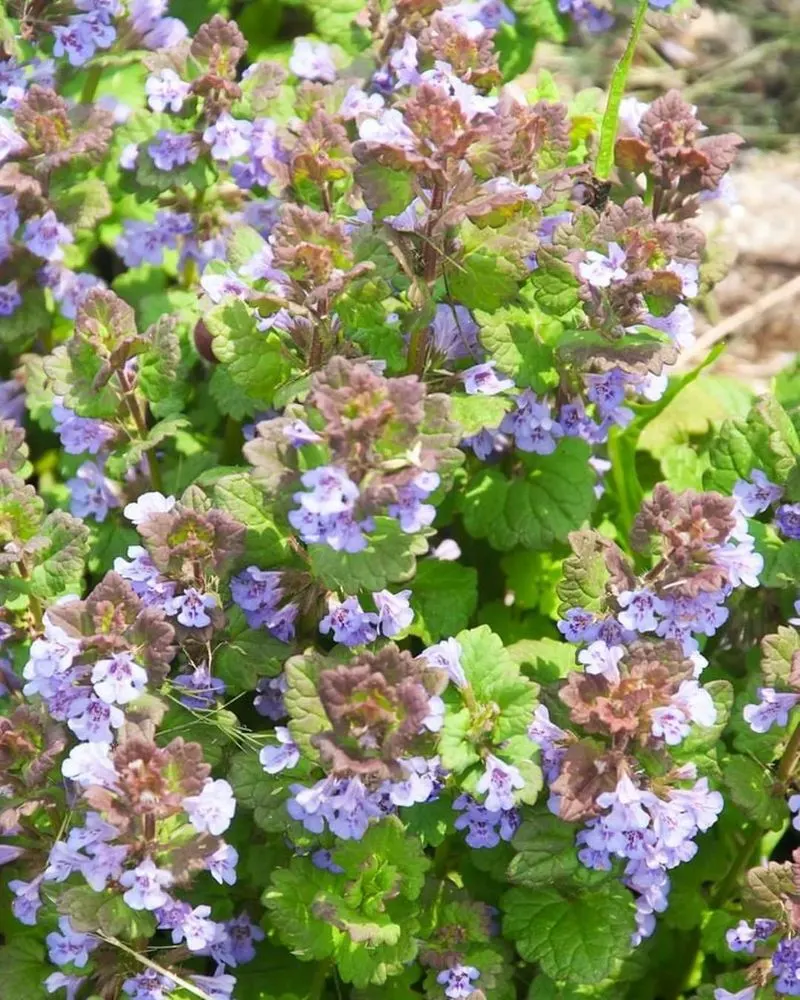
Creeping Charlie, or Ground Ivy, has an almost endearing quality with its small, round leaves and delicate lavender flowers. Its charm, however, can be deceiving.
Once established, this mint family member spreads rapidly, carpeting areas and making it difficult for other plants to thrive. Despite its invasive tendencies, Creeping Charlie has been used in traditional medicine for its purported healing properties.
Its penchant for shady, moist areas makes it a common invader in lawns, where its presence can be both admired and cursed.
Bindweed
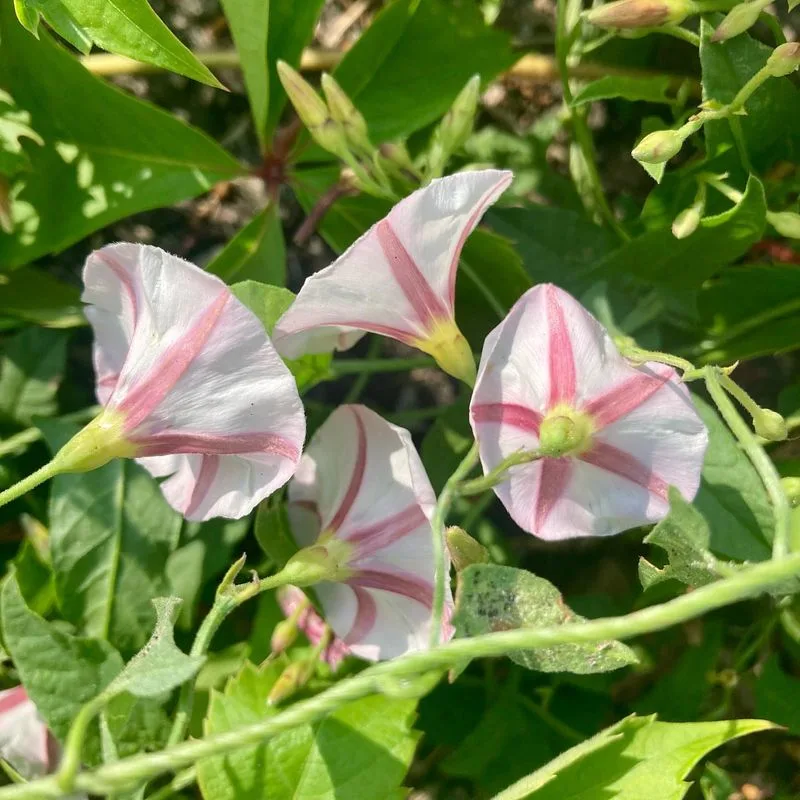
Bindweed, with its elegant, trumpet-shaped flowers, masks its true nature as a relentless invader. Its twining stems weave through garden beds, often strangling more delicate plants.
This perennial’s rapid growth and deep root system make it a tough adversary. Its ability to resprout from tiny root fragments means it can outlast many removal attempts.
Though often labeled a weed, Bindweed’s flowers have a subtle beauty. Historically, it has been both admired and battled by gardeners worldwide, embodying the dual nature of many wild plants.
Russian Thistle
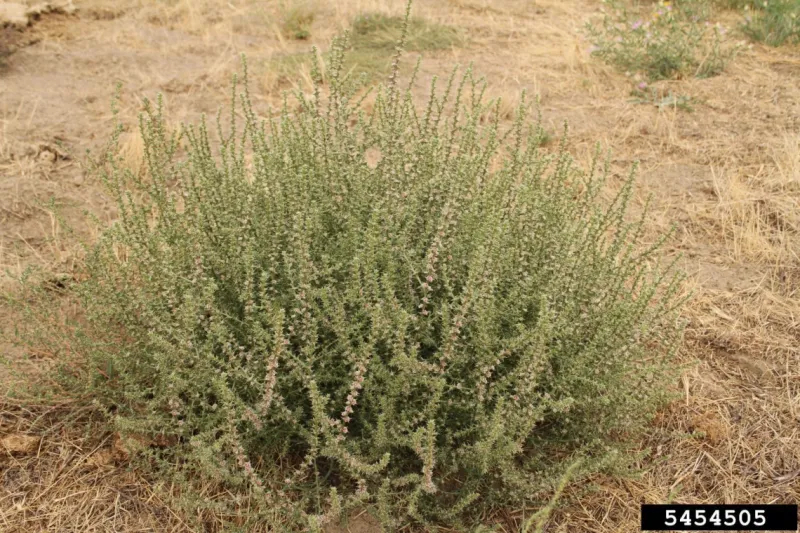
Russian Thistle, often known as tumbleweed, is a symbol of the Wild West. Its spiky, rolling form is both iconic and invasive.
Originating from Eurasia, this plant thrives in arid conditions, where it can quickly dominate open spaces. Its ability to break free and scatter seeds over great distances makes it particularly difficult to control.
Despite its reputation as a nuisance, Russian Thistle has adapted to extreme environments, showcasing nature’s resilience. It serves as a reminder of how a single plant can impact vast landscapes and ecosystems.
Kudzu
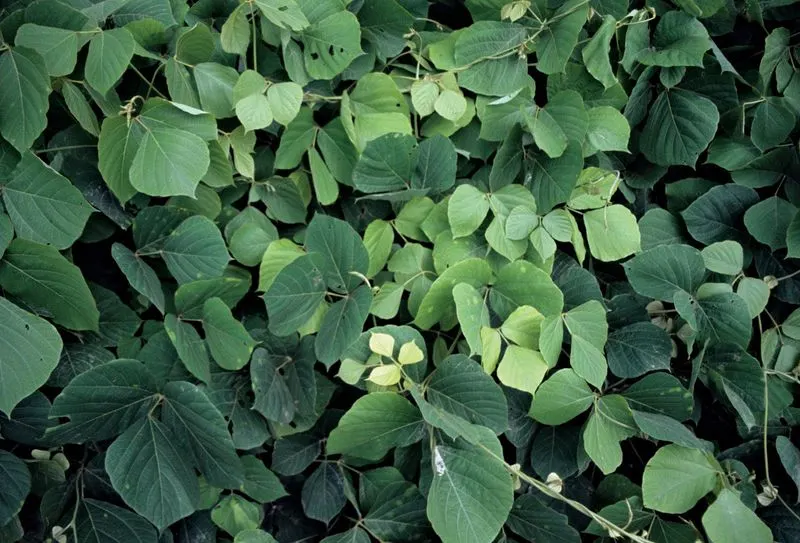
Kudzu, often dubbed “the plant that ate the South,” portrays a living tapestry with its lush, cascading vines. This vigorous plant can engulf trees, buildings, and anything in its path.
Originally from Japan, Kudzu was introduced to the U.S. in the late 1800s for erosion control. Its rapid growth quickly earned it a notorious reputation as an invasive species.
While its foliage can be quite picturesque, Kudzu’s aggressive nature requires constant management. Efforts to control its spread continue, reflecting the complex relationship between humans and invasive species.
Garlic Mustard
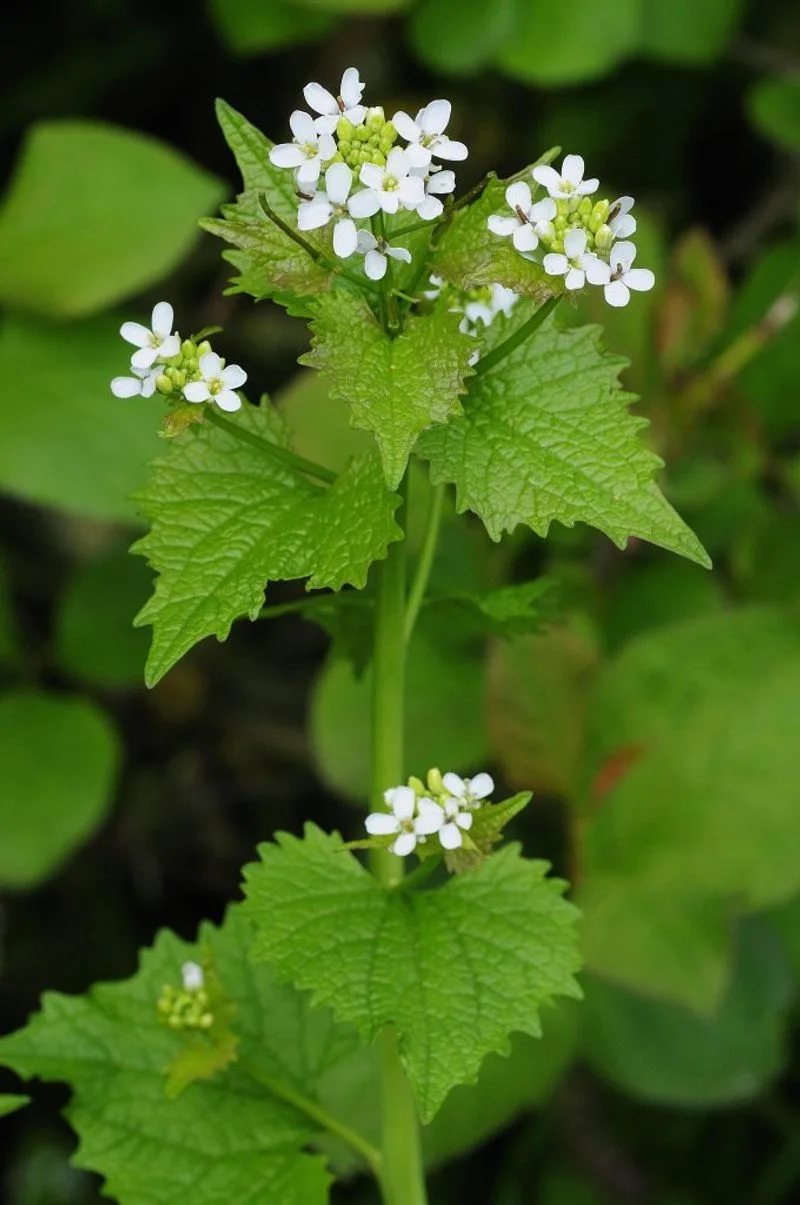
Garlic Mustard, with its spicy-scented leaves, is both a culinary herb and a formidable invasive plant. Its small, white flowers can blanket forest floors, outcompeting native flora.
Introduced from Europe, Garlic Mustard has spread across North America, where its allelopathic properties inhibit the growth of other plants. This makes it particularly challenging to control.
Despite its invasive habits, its leaves can be harvested for pesto and salads, offering a silver lining. This dual nature makes it a subject of both culinary interest and ecological concern.
Purple Loosestrife
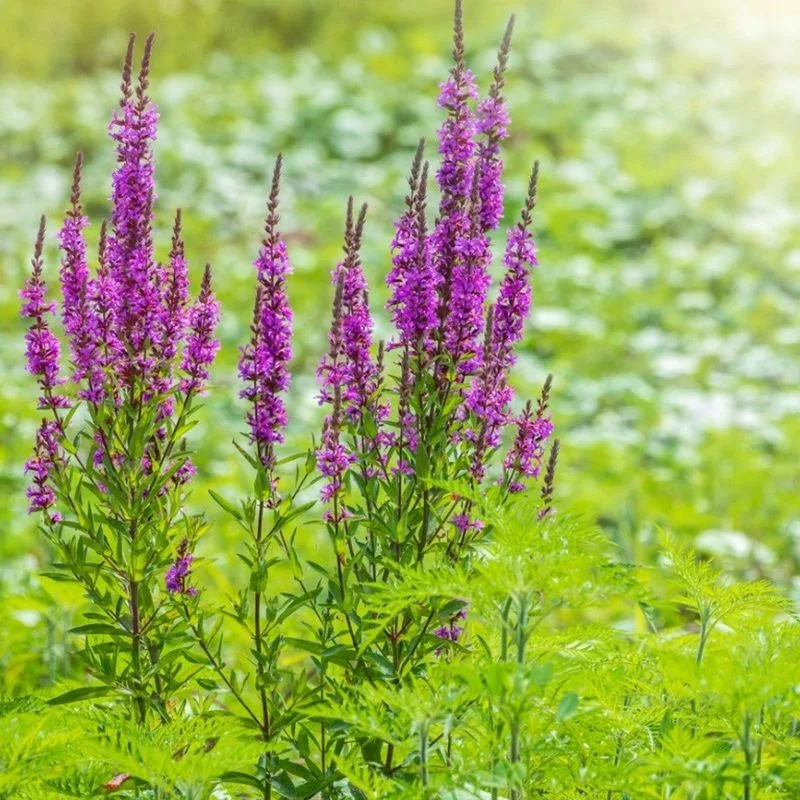
Purple Loosestrife, with its striking magenta spikes, creates a visual spectacle in wetlands. However, beneath its beauty lies a propensity for environmental disruption.
This perennial can dominate waterways, forming dense stands that displace native species and alter habitats. Originally from Europe and Asia, it was brought to North America for ornamental and medicinal purposes.
Efforts to control Purple Loosestrife involve biological agents like beetles. Its presence serves as a reminder of the ecological impact of introducing foreign species into new environments.
Milkweed
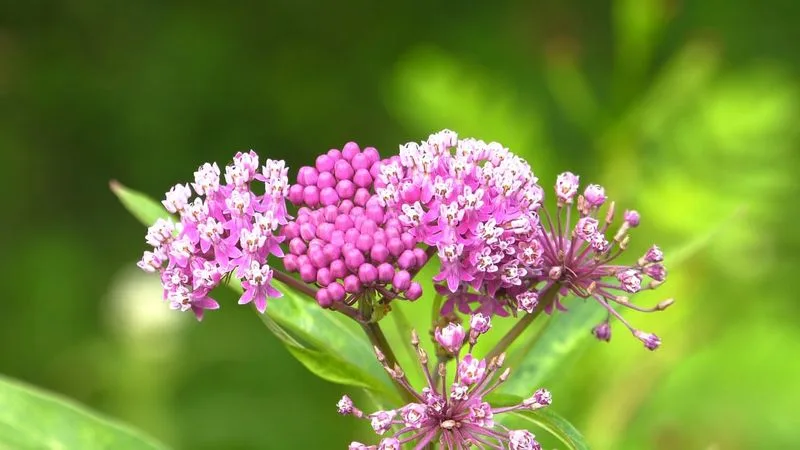
Milkweed is more than just a plant; it’s a lifeline for the iconic Monarch butterfly. Its milky sap and large leaves provide nourishment and habitat for caterpillars.
While some gardeners see it as a weed, Milkweed plays a crucial role in the ecosystem. Its clusters of pink flowers add beauty to any landscape and attract pollinators.
Historically, Milkweed has been used for medicinal and utilitarian purposes. Its presence in gardens supports biodiversity, making it a plant worth keeping for those who wish to nurture wildlife.
Black-Eyed Susan

Black-Eyed Susans bring a burst of sunshine to any garden with their vibrant yellow blooms. These hardy perennials are not only beautiful but also beneficial for pollinators.
Their cheerful demeanor belies a robust nature, making them a favorite among gardeners seeking easy-to-grow flowers. Historically, they have been used in traditional remedies for various ailments.
Resilient and adaptable, Black-Eyed Susans can thrive in different soil types and climates, offering a delightful spectacle come summer. Their presence in gardens supports a diverse range of insects and wildlife.
Goldenrod
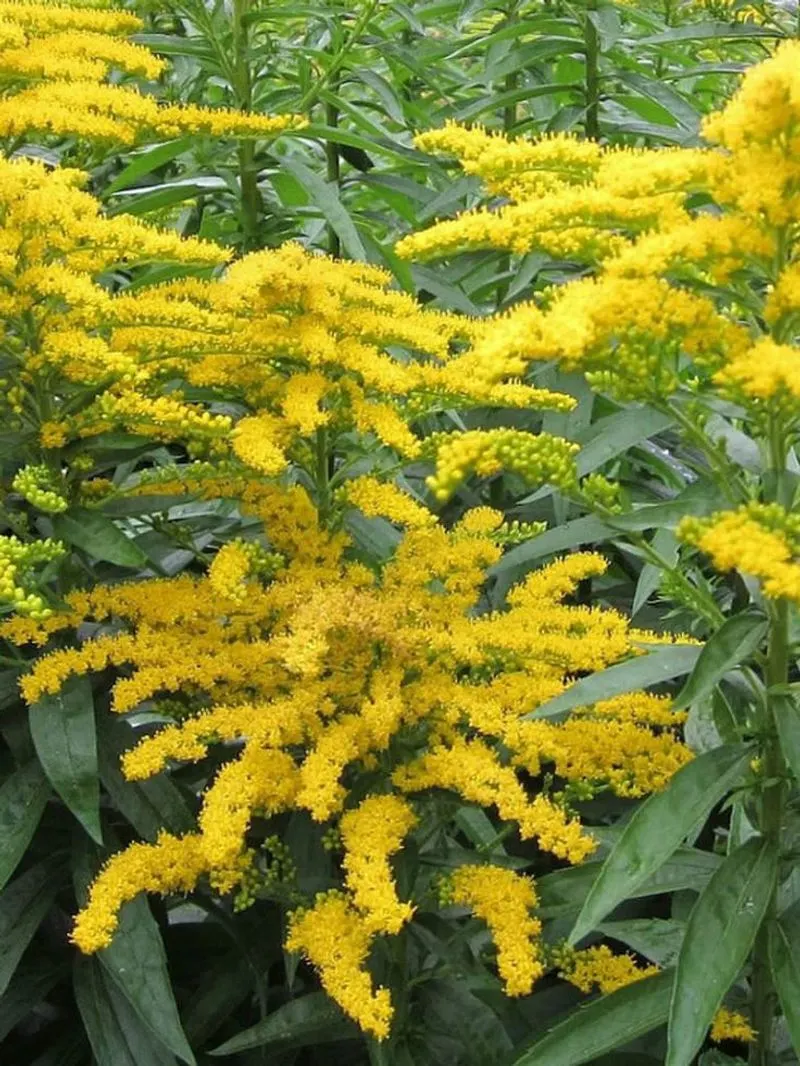
Goldenrod, with its brilliant yellow plumes, is a beacon for bees and butterflies. Often mistaken for the cause of hay fever, it’s actually a friend to those who enjoy vibrant gardens.
This plant is known for its ability to thrive in poor soils, lending texture and color to late summer landscapes. Its historical uses range from dye production to medicinal concoctions.
Goldenrod not only adds beauty to a garden but also plays a vital role in supporting pollinators. It earns its place as a valued addition to any wildlife-friendly garden.
Echinacea
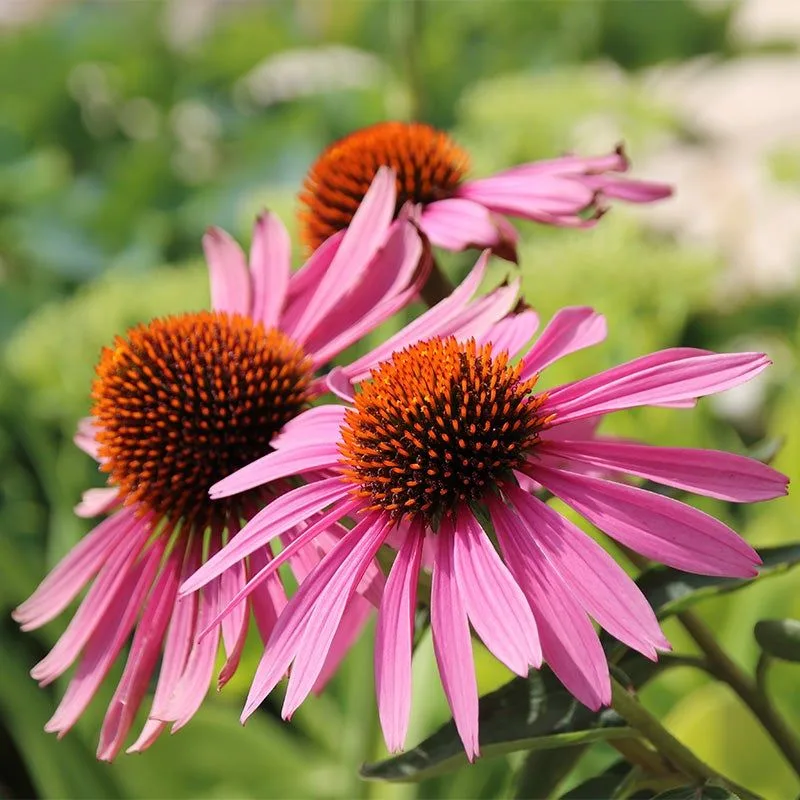
Echinacea, known for its striking pink petals and spiky cone centers, is a garden staple with medicinal roots. Its bold appearance draws in pollinators like bees and butterflies.
Historically used by Native Americans for its healing properties, Echinacea remains a popular herbal remedy today. Its resilience makes it an easy choice for gardeners seeking both beauty and utility.
Echinacea thrives in various conditions, providing a splash of color and supporting biodiversity. Its dual role as a medicinal and ornamental plant makes it a beloved choice for nature enthusiasts.
Bee Balm
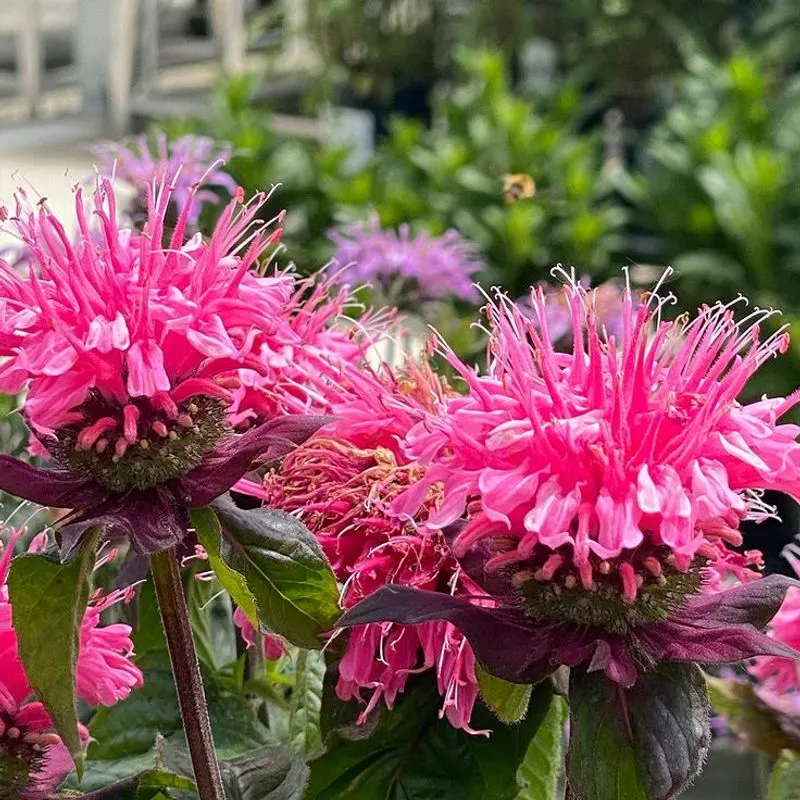
Bee Balm, with its vibrant red and pink blooms, is a magnet for hummingbirds and bees. Its aromatic leaves offer a fragrant touch to gardens.
Often used in herbal teas, Bee Balm has a rich history in traditional medicine. This perennial brings both visual and sensory delight to outdoor spaces.
Its ability to thrive in diverse conditions makes it a gardener’s favorite. Bee Balm not only adds color but also enhances biodiversity, supporting a variety of pollinators. Its presence in a garden ensures a lively, buzzing atmosphere.
Lupine
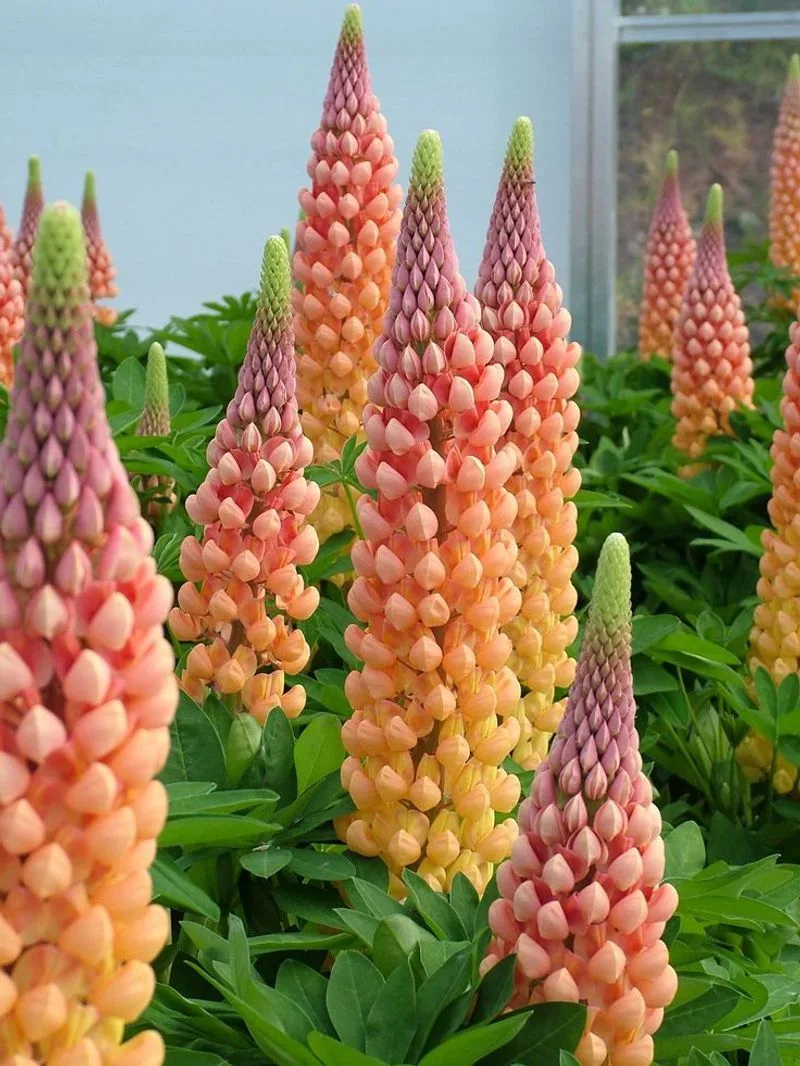
Lupine, with its tall, spiky flowers, adds elegance and color to any garden. Its ability to fix nitrogen in the soil makes it a valuable companion for other plants.
These striking flowers come in shades of purple, pink, and blue, creating a vibrant tapestry in any landscape. Lupine has historical significance in various cultures, celebrated for its beauty and utility.
Its presence in gardens supports pollinators and enriches the soil. As a plant worth keeping, Lupine offers both aesthetic appeal and ecological benefits, making it a cherished choice for gardeners.
Sunflower
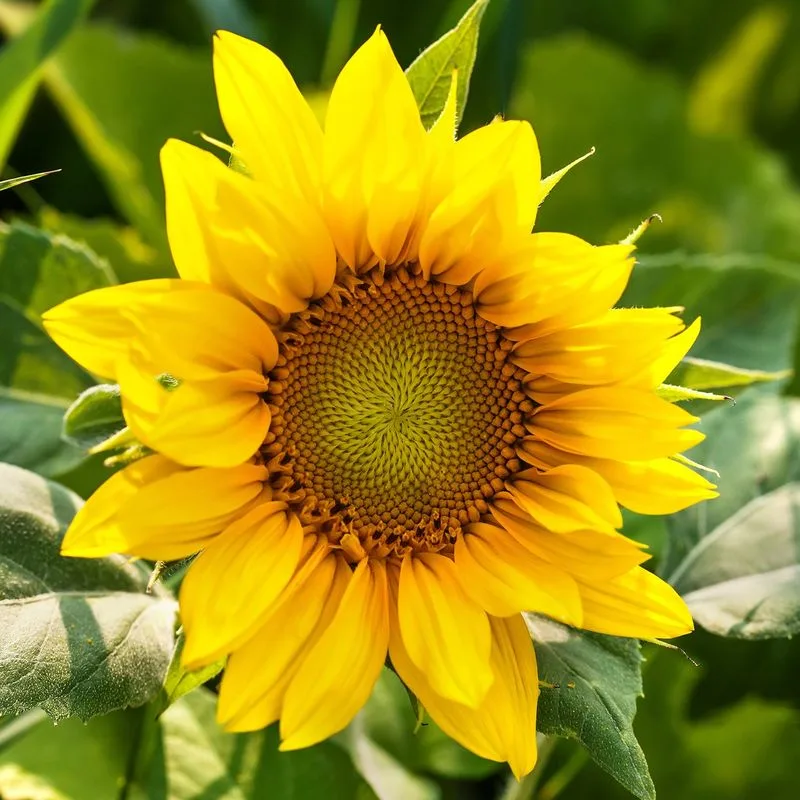
Sunflowers stand tall with their bright, sunny faces turning toward the light. These iconic flowers symbolize warmth and positivity.
Beyond their visual appeal, sunflowers provide seeds that feed wildlife and humans alike. Historically, they have been cultivated for oil, seeds, and ornamental purposes.
Their ability to thrive in various climates and soil types makes them a versatile addition to any garden. Sunflowers not only add a splash of color but also support biodiversity, making them a delightful plant to cultivate and enjoy.
Lavender
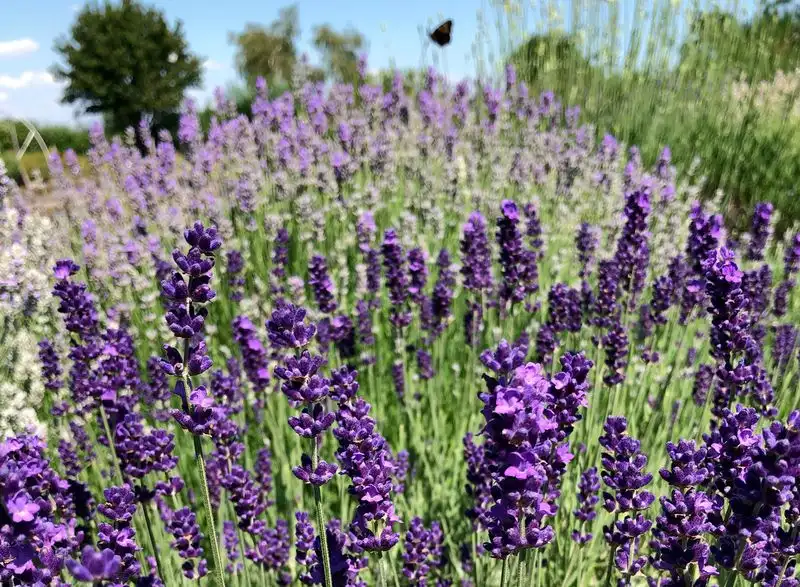
Lavender, known for its soothing scent and purple blooms, evokes a sense of tranquility. Its aromatic oils have long been used in aromatherapy and herbal remedies.
This perennial thrives in dry, sunny environments, adding not just beauty, but also fragrance to gardens. Historically, lavender has been cherished for its calming properties and practical uses.
In gardens, it attracts pollinators and offers a sensory delight. Lavender’s combination of beauty, aroma, and utility makes it a treasured plant worth keeping for those seeking harmony and wellness in their outdoor spaces.
Aster
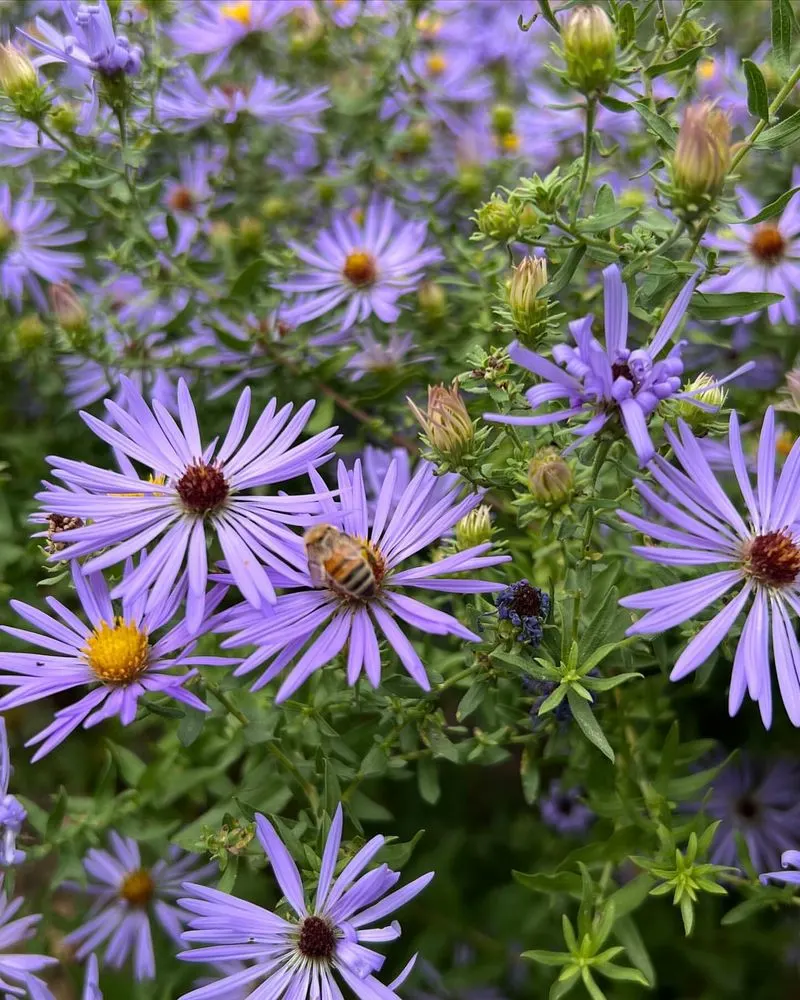
Asters, with their star-shaped blooms, add a touch of elegance to late summer gardens. Their vibrant colors, ranging from purple to pink, attract a plethora of pollinators.
These perennials are known for their adaptability and resilience, thriving in various garden settings. Historically, asters have been associated with love and patience.
Their presence supports biodiversity, making them a valuable addition to wildlife-friendly gardens. Asters not only offer visual appeal but also play a crucial role in supporting garden ecosystems, earning their place as plants worth cherishing.
Bamboo
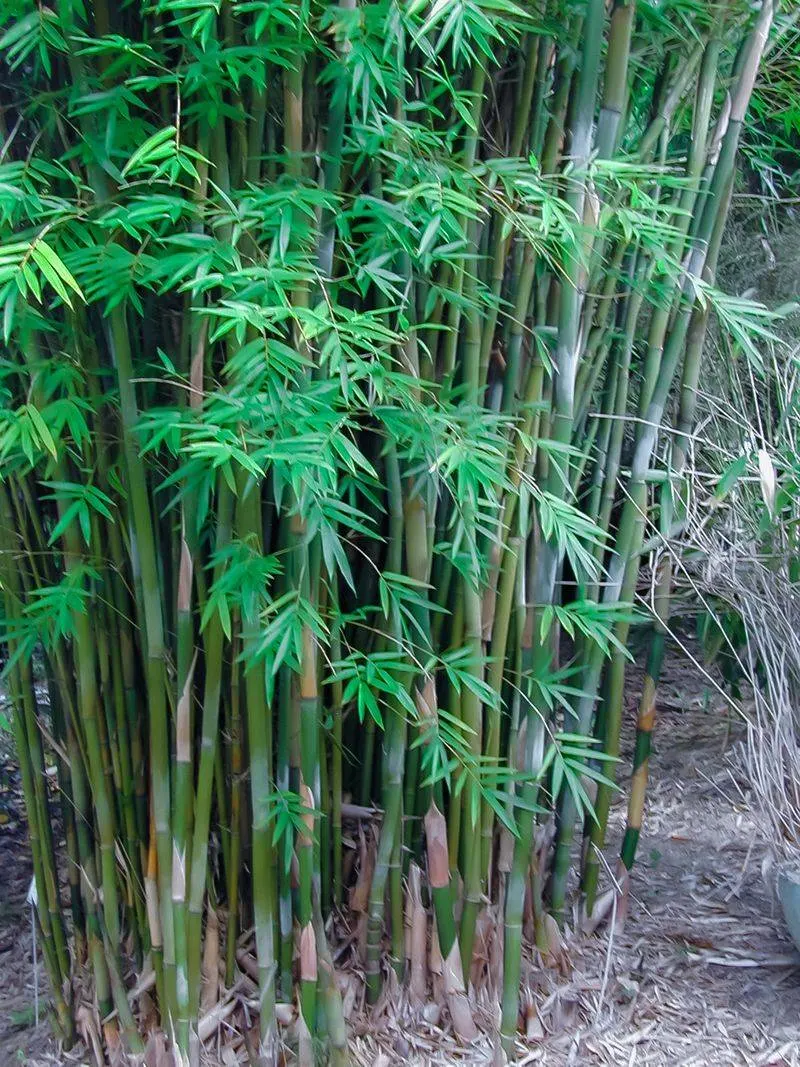
Bamboo, known for its rapid growth, can quickly transform your yard into a dense thicket. Its towering stalks rise skyward, creating a vibrant jungle-like atmosphere. However, its invasive roots spread aggressively, often overwhelming other plants.
For those who admire its elegance, it’s crucial to manage bamboo’s spread with barriers. Its resilience and beauty make it a popular choice for privacy screens. Did you know bamboo can grow up to a foot a day? This remarkable growth rate adds both charm and challenge to your garden management.
If you decide to keep bamboo, select clumping varieties to enjoy its grace without the invasion.

